Top 10 most rare and beautiful astronomical phenomena
Total solar eclipse, blue moon, super white thunderstorms, Venus moving through the Sun disk or planets lined up . are the super beautiful astronomical phenomena of the universe that people observe . We may have to wait for decades or even hundreds of years to have an opportunity to observe them.
1. Total eclipse
The Moon phenomenon completely hides the Sun for a short period of time when the Earth, the moon and the sun line up on a flat surface and the moon enters between the earth and the sun.

Every year, humans on Earth can see one or several solar eclipses, but a total solar eclipse is very rare.
The most recent solar eclipse occurred in November 2012. According to astronomers, this astronomical phenomenon will not happen in the next 138 years.
2. Blue moon
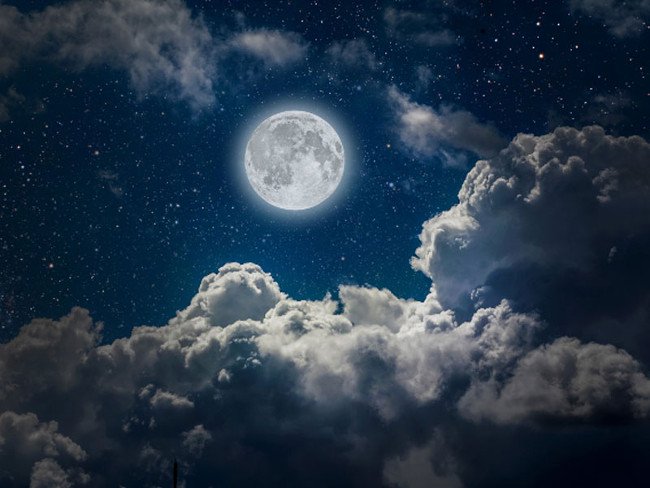
Blue moon is a concept of the West, referring to the phenomenon of a full moon that does not match a calendar month. Specifically, there are 12 full moon times in a solar year, corresponding to a full moon each month. But since each calendar year is 11 days longer than the lunar year, these days gradually accumulate, and after about two to three years (more accurately, the 2,7154 year cycle) there is one more moon. 13th round of the year.
3. Transit of Venus - The phenomenon of Venus moving through the Sun disk
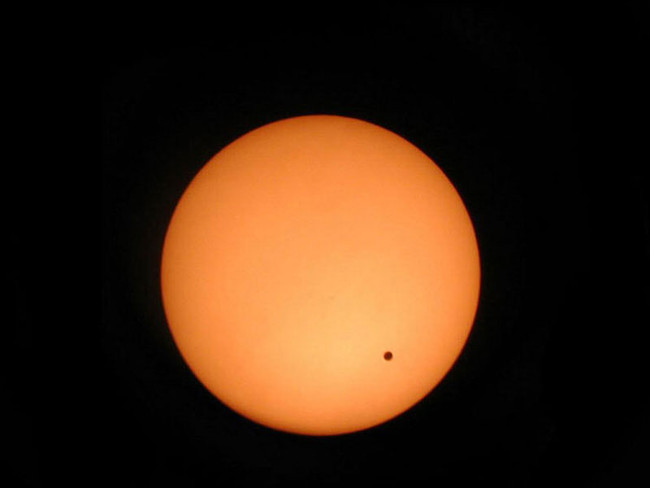
Transit of Venus is an astronomical phenomenon that occurs when Venus enters between the Earth and the Sun. During this time, humans on Earth will see a black dot in the Sun's disk.
According to scientists, this event often happens once every 8 years and the position of Venus on the solar disk is constantly changing. In addition, it takes about 110 years for the old location to be repeated once. The last time this phenomenon occurred was in 2012.
4. Super white thunder storm
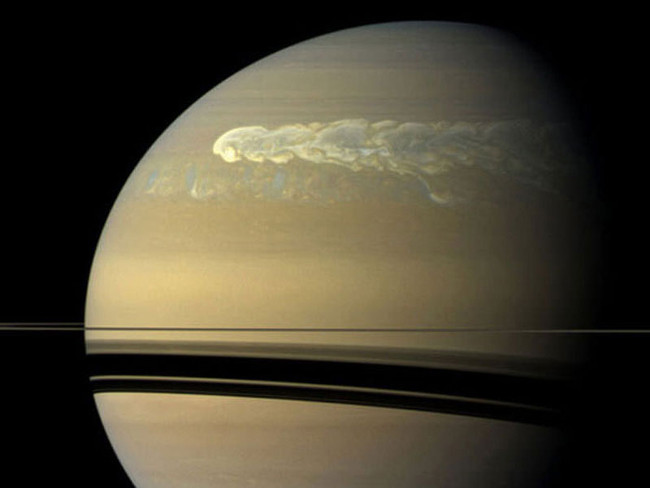
Super white lightning storms have a period of about 30 years and are formed in the northern hemisphere of Saturn . Because ammonia gas forms a cloud about half the length of the Earth's diameter and produces billions of extremely large lightning strikes.
Astronomers estimate that, every second, up to 10 16,000 km long lightning strikes appear in Saturn's atmosphere and form a super giant storm. Specifically, super storms of white lightning are usually 10,000 times stronger than those on Earth.
5. The planets align
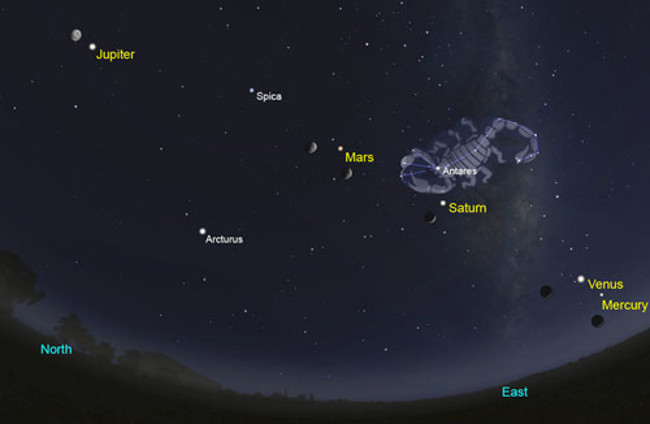
Astronomers believe that the phenomenon of aligning planets in the solar system is extremely rare.
It is estimated that there will be Mars, Kim, Water, Carpentry, Earth and Moon phenomena in line in 2040.
Previously, in 2000, scientists have recorded the appearance of the Mars, Earth, Kim, Thuy and Moc. In May 2011, 3 stars Moc, Thuy and Kim lined up.
In August 2016, Mercury, Kim, Fire, Carpentry and Saturn were also recorded to stand in line.
6. ISON Comet
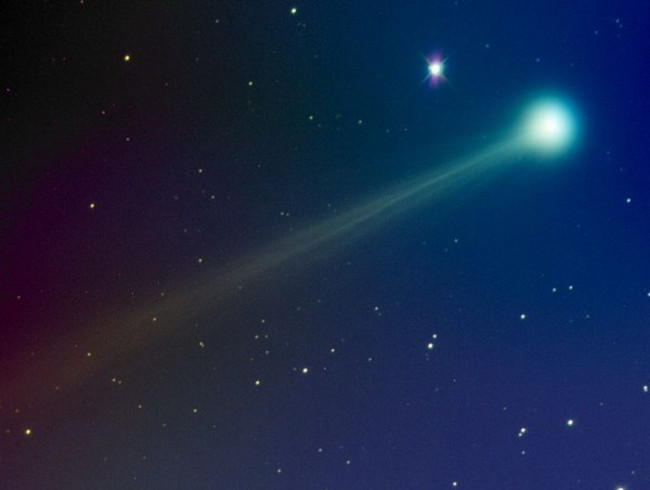
ISON is also known as the century comet, discovered by Russian astronomer Vitali Nevski and Artyom Novichonok on September 21, 2012. This is a comet whose orbit is very close to the Sun.
However, on November 28, 2013, it was completely disintegrated. According to astronomers, when exposed to the Sun at a distance of more than a million kilometers, material objects on the comet begin to be heated, evaporated, and then broken down into small pieces and released. dust into streaks in space.
7. Halley Comet
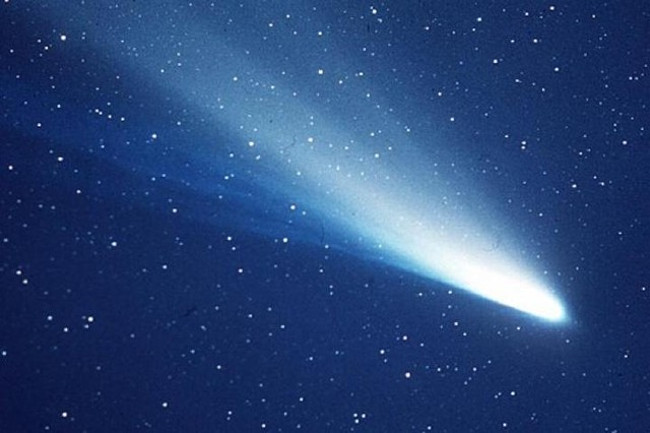
Halley is a comet that orbits around the Sun and appears once every 75 years.
Halley comet was named after astronomer Edmund Halley , who first discovered it in 1531. This comet has elliptical orbit with the closest distance to the sun of 74 million km and the farthest is 35 astronomical units (1 astronomical unit equal 150 million km).
Periodically, in 2061, everyone on Earth will once again admire Halley's comet
8. Comet Hale-Bopp
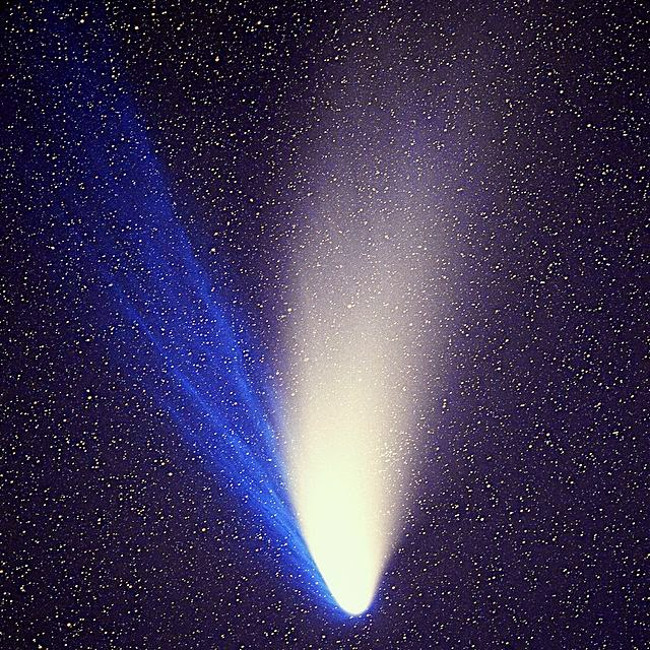
Hale-Bopp is one of the brightest comets in space (1,000 times brighter than Halley's comet). According to astronomers, this comet can be observed with the naked eye from the Earth and it has a period of about 2,392 years.
Comet Hale-Bopp was discovered by two American astronomers - Alan Hale and Thomas Bopp on July 23, 1995, and it appeared about 193 million kilometers from Earth.
9. Leonid meteor storm
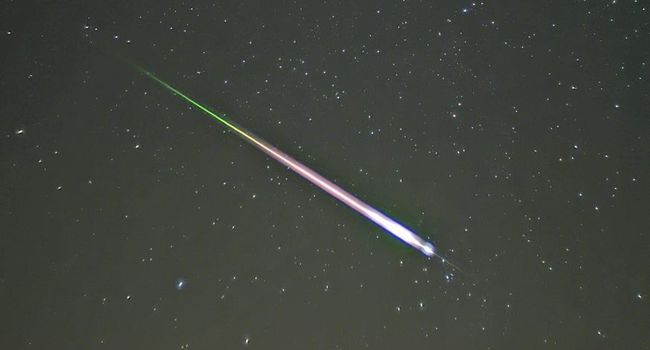
Leonid meteor storm appears when the Earth flies over the trajectory of Comet Tempel-Tuttle .
This beautiful astronomical event was discovered in 1833 and lasted for more than 15 minutes. During the event, everyone on Earth could see about 1,000 shooting stars / hours appear in the sky. Even astronomers said that Comet Tempel-Tuttle could produce about 100,000 meteorites per hour.
10. Comet Churyumov- Gerasimenko Comet
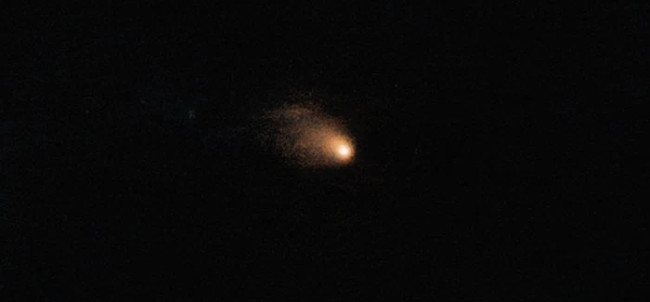
Comet Churyumov- Gerasimenko Comet has orbit around the Sun in a 6-year cycle. It is known that this comet originates from an object next to Neptune and its closest orbit is about 3.5 astronomical units from Earth. Comet Churyumov-Gerasimenko was first discovered in 1969.
You should read it
- True moon, snow moon and comet will appear together today
- The most anticipated astronomical events of 2017
- Hubble Space Telescope has just captured the 'crumbling moment of Comet Atlas'
- How to directly see the phenomenon of super moon, blue moon and eclipse converging after more than 150 years
- Comet 26 km wide can collide with the Earth in 4479, erase all life
- Detection of flares after the landslide on comet 67P
- Admire the rare moment Venus and Jupiter 'meet' each other in the sky
- Why NASA never wants to send people to Venus
- Mysterious blue crescent decoding in many photos of total eclipse in America
- Comet 67P is cracked and may crumble in the future
- What is a lunar eclipse? Lunar eclipse occurs when?
- Will the Earth be affected if the comet once destroyed the dinosaurs hitting the Sun?
May be interested

5 most interesting findings about Red Planet

The discovery of the 'Second Earth' can exist only 4.2 light-years away from Earth

Stunned to discover river fossils on Mars

How much money does it take to get to Earth 2 and how long does it take?

Our galaxy contains countless invisible black holes?

Successfully measuring weather systems on planets outside the solar system






 Admire the rare moment Venus and Jupiter 'meet' each other in the sky
Admire the rare moment Venus and Jupiter 'meet' each other in the sky True moon, snow moon and comet will appear together today
True moon, snow moon and comet will appear together today Living the whole life is not sure we have had the luck to witness these extremely rare weather phenomena
Living the whole life is not sure we have had the luck to witness these extremely rare weather phenomena The most beautiful meteor shower of the year and amazing astronomical phenomena in August
The most beautiful meteor shower of the year and amazing astronomical phenomena in August What is a solar eclipse? When does a solar eclipse take place?
What is a solar eclipse? When does a solar eclipse take place? Admire the beautiful super moon image in the sky of Vietnam and the world
Admire the beautiful super moon image in the sky of Vietnam and the world